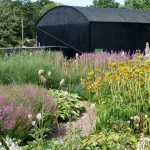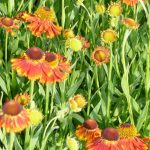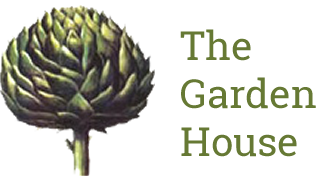Inspiration: Karl Foerster
Posted:24 February 2011
Weve noted a huge shift in planting style in the past 15 years. Known variously as the new perennials style, or as prairie planting a phrase that tends to conjure up a wide-open American landscape.
 Yet the movement evolved in Europe, and has inspired many of today’s great garden designers, such as Piet Oudolf, and strongly influenced British garden design. It is now known as the Dutch Wave a style of planting based on ecology, habitat planting and perennials and a style that was originally inspired by German nurseryman, plant breeder and writer, Karl Foerster (1874-1940).
Yet the movement evolved in Europe, and has inspired many of today’s great garden designers, such as Piet Oudolf, and strongly influenced British garden design. It is now known as the Dutch Wave a style of planting based on ecology, habitat planting and perennials and a style that was originally inspired by German nurseryman, plant breeder and writer, Karl Foerster (1874-1940).
Foerster began his career studying under a famous landscape architect and botanist, Ludwig Winter, of Potsdam, Germany, and was revered for his promotion of ornamental grasses and perennials.
He created his own garden in Potsdam-Bornim in 1912. The garden was designed after Karl Foersters ideal: a place of beauty, joy and conciliation with nature, and made use of architectural plants and relaxed late-season perennials chosen for their form and structure rather than their colour.
Today this smallish but very special and influential garden the size of a slightly larger than average suburban garden is managed by Foerster’s daughter Marianne Foerster and is part of the UNSECO World Heritage Site Potsdam-Sanssouci.
NOTE: Join our four-day visit to Berlin, starting 17 July, to in search of great gardens and new experiences. Amongst other highlights, we’ll be visiting the Sanssouci Palace and gardens at Potsdam, and also the influential Karl Foerster Gardens. Check DIARY for more info.
Karl Foerster was also responsible for many of the plants we use today.
Calamagrostis Karl Foerster this very useful grass can be planted en masse to form a feathery screen or in small groups to add height and definition to a perennial border. Fast growing, fully hardy and tolerant of partial shade. Low in maintenance, it simply needs to be cut down to the ground in February. The wheat-coloured stems add drama and strong winter presence to the garden.
Also Molinia caerulea arundinacea Karl Foerster – a tall ‘moor grass a tall cultivar with erect habit and wide open flower spikes held aloft in June, and mounds of green arching foliage turning bright yellow in the autumn.
In the 1940’s Foerster introduced his first Helenium Kupfersprudel and over the next seventeen years his output was prolific and included Goldlackzwerg (1949), Rubinkuppel (1950), Zimbelstern (1956) and the lovely Konigstiger(1964).
There are many others of course – don’t you think it interesting to consider the heritage of our favourite plants? We look forward to finding out more on our visit to Berlin in July!
By the way, one of our favourite local ‘prairie gardens’ are the Sussex Prairy gardens near Henfield, West Sussex www.sussexprairies.co.uk

